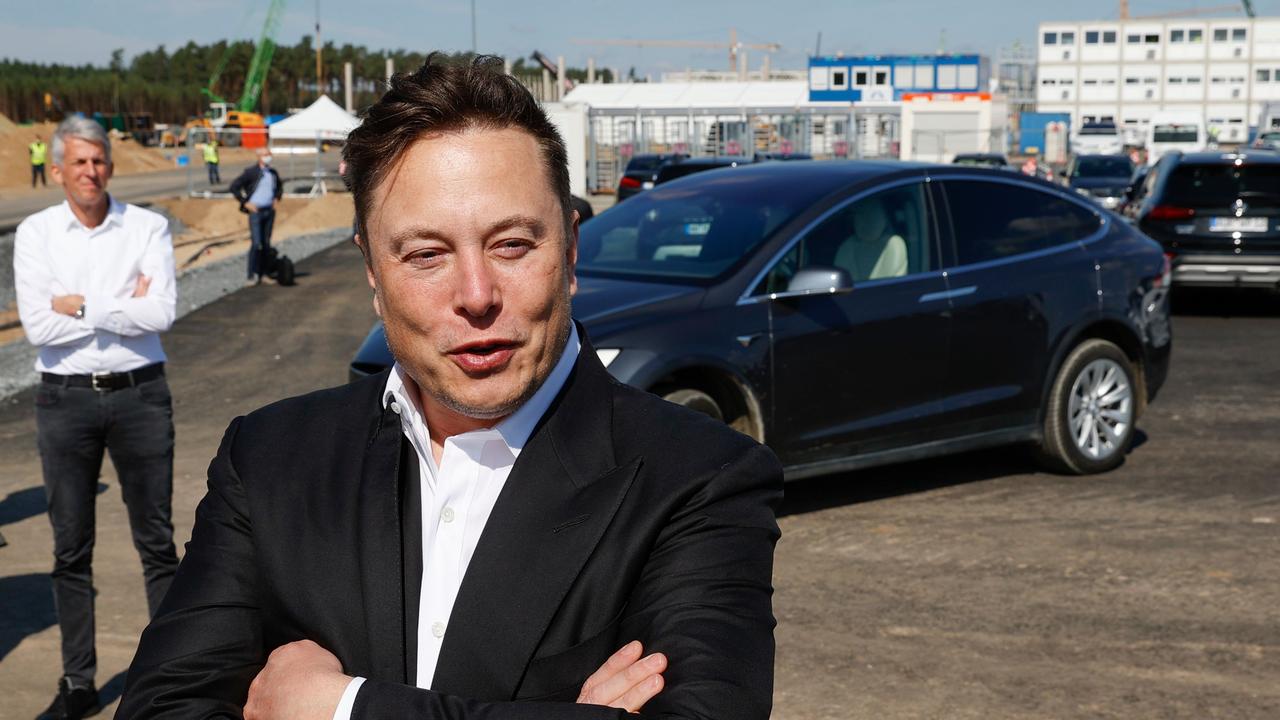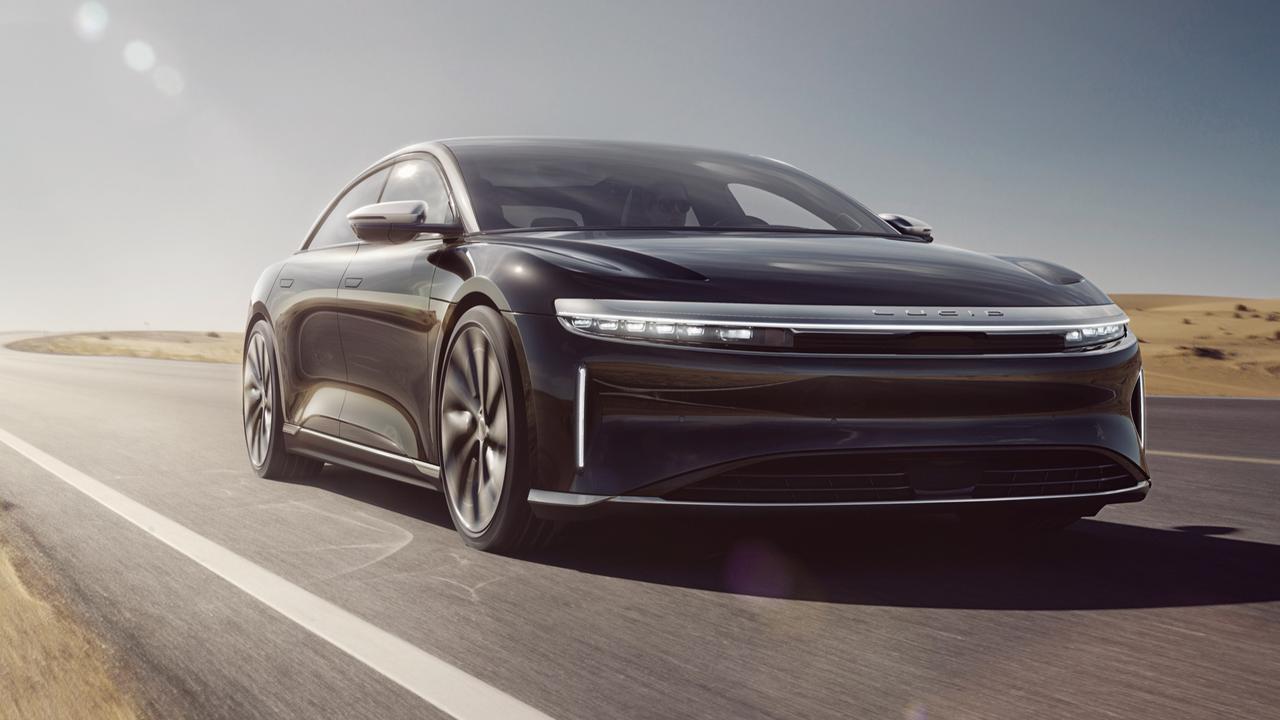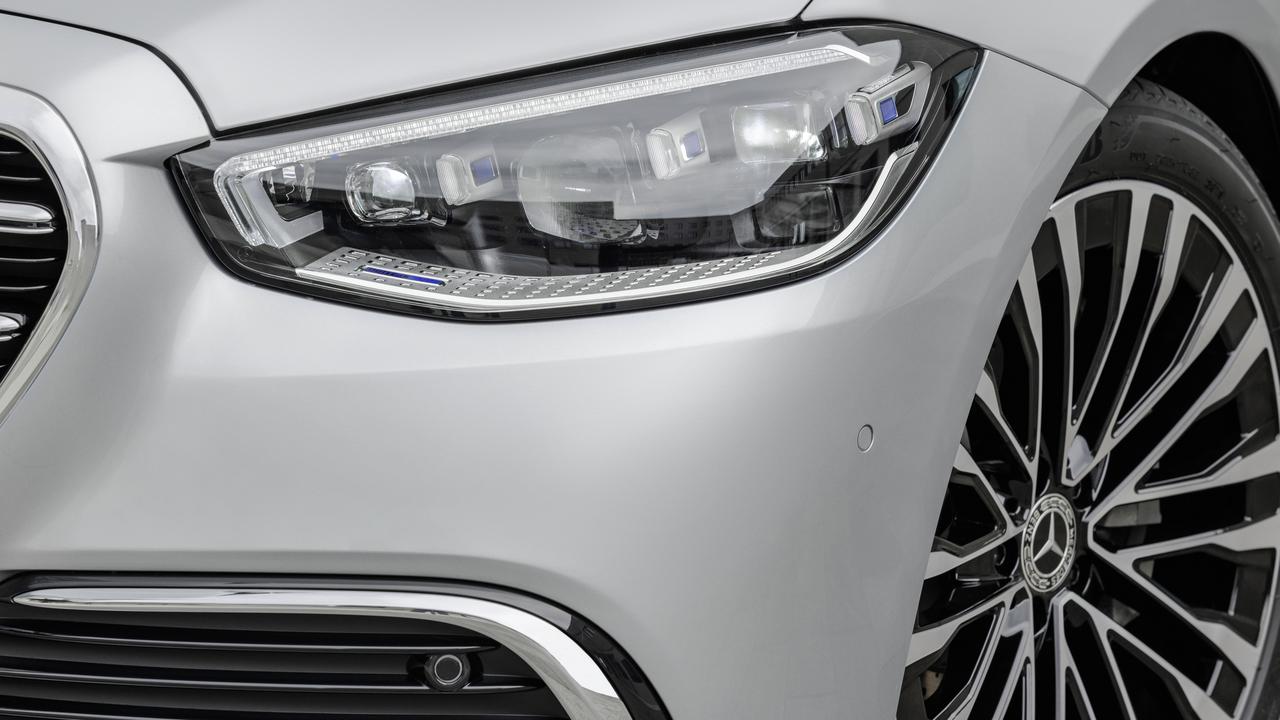Big leaps in technology help driverless cars read the road
NEW tech gives the latest autonomous cars 3D vision that spots pedestrians from huge distances.
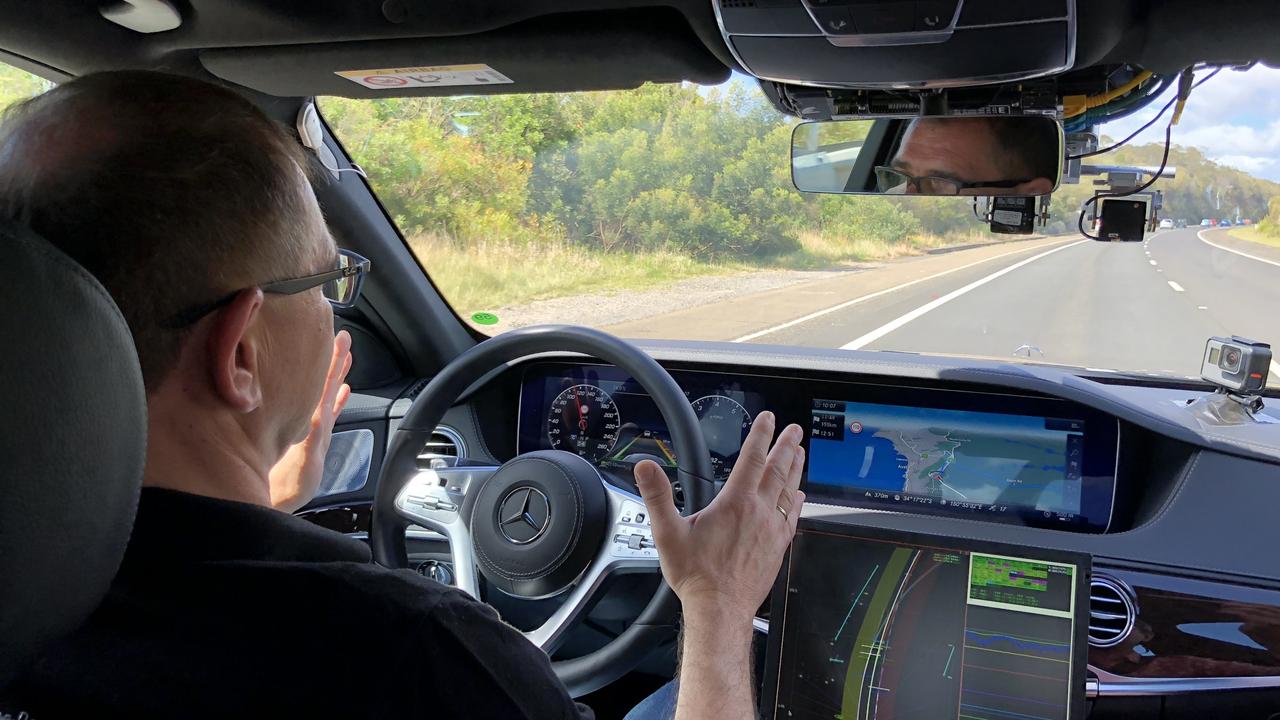
Autonomous cars are inching towards reality and trick laser technology is speeding up its development.
Lidar — Light Detection and Ranging — is one of the key components in how driverless cars “see” the road and vehicles ahead.
The tech uses light, in the form of pulsed lasers, to measure distances. The returned signals give a 3D representation of objects ahead.
But now Volvo and Luminar, an autonomous vehicle tech start-up, have demonstrated the most advanced version of the tech.
The new version of Lidar has an increased level of detailed perception that can detect objects up to 250m away — and render human figures, even down to individual limbs.
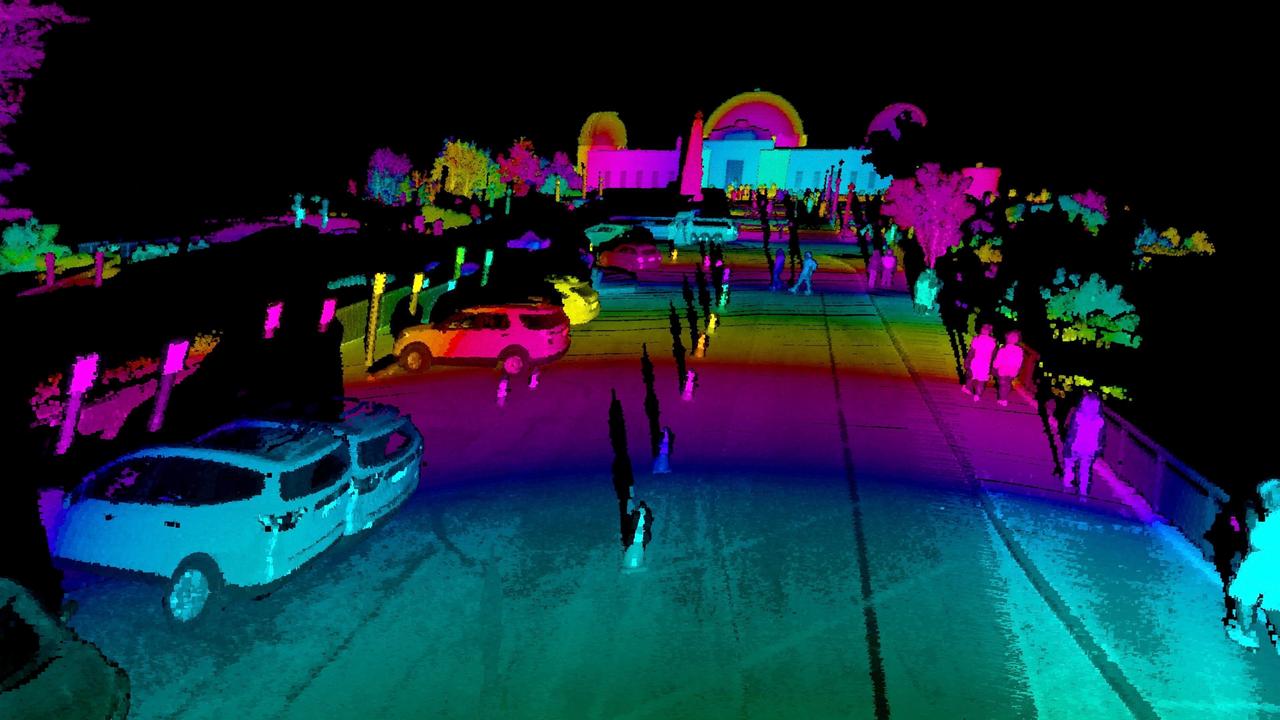
As the technology can read the road in greater detail at increased distances, it will enable driverless cars to navigate complex traffic conditions at higher speeds.
Volvo research and development Henrik Green regards the advancement in Lidar tech as a big step forward to making autonomous cars a reality.
“Autonomous technology will take driving safely to a new level, beyond human limitations,” Green says. “This promise to improve safety is why Volvo Cars wants to be a leader in autonomous drive. Ultimately, the technology will also create new benefits for our customers and society as a whole.
“Luminar shares our ambition in making those benefits a reality and this new perception technology is an important next step in that process,” he says.
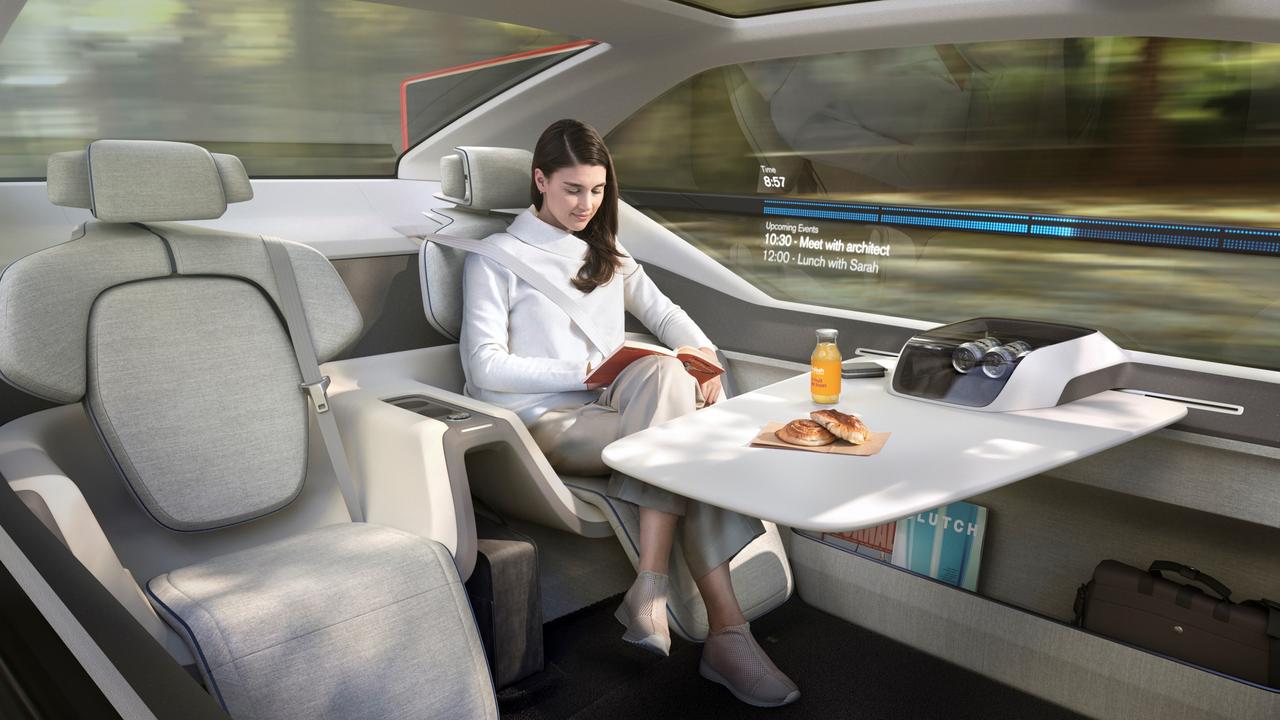
The Swedish brand previewed its vision for the future of driverless cars earlier this year via its Volvo 360c concept.
The maker believes autonomous cars can be used for a wide range of functions — one of the most radical is the shake-up to the short-haul air travel industry.
Volvo believes that roving autonomous cars could work as mobile sleeping pods transferring passengers overnight to their destination.
Volvo boss Hakan Samuelsson believes driverless cars equipped with a sleep cabin will revolutionise travel allowing for greater use of time and resources while reducing congestion.
“The business will change in the coming years, and Volvo should lead that change of our industry,” says Samuelsson.
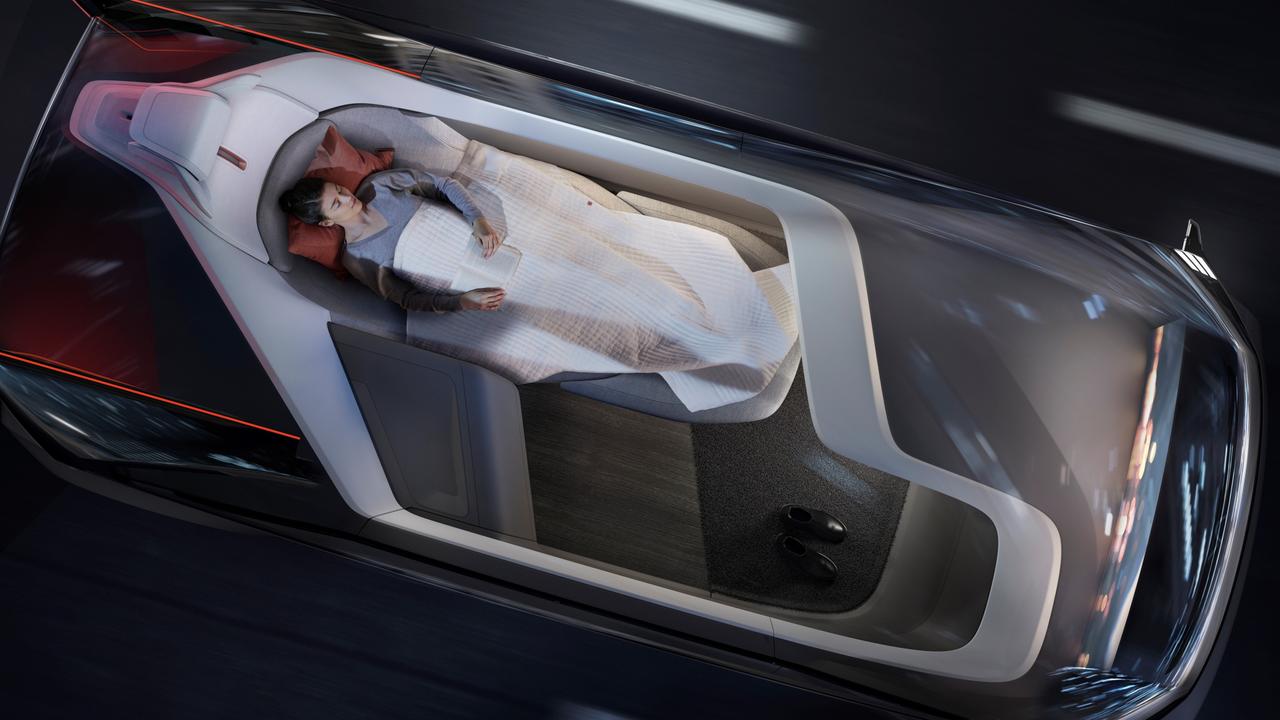
“Autonomous drive will allow us to take the next big step in safety (and) open up exciting new business models and allow consumers to spend time in the car doing what they want to do.”


